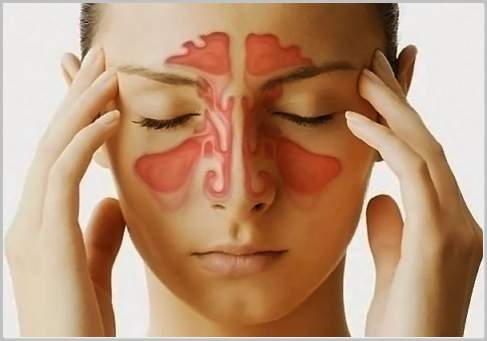Pansinusitis defined from the Merriam-Webster Medical Dictionary is the inflammation of all the sinuses on one or both sides of the nose. Sinuses are a linked system of deep cavities in the skull which are lined with soft tissues called mucosa. The four cavities are in the forehead, between eyes and cheekbones.

What is Difference Between Sinusitis and Pansinusitis
Pan sinus disease also known as pansinusitis (we usually use the suffix ‘-itis’ to mean the infection particularly) is one of forms of sinusitis. Sinusitis is an inflammation that your paranasal sinuses have got infected due to bacterial or viral infections.
Causes and Symptoms
When swelling occurs followed by irritation that can get worse due to infection, you are experiencing pansinusitis and there can be more severe symptoms. The condition should be diagnosed at the onset. Understanding the causes can lead to a more suitable treatment and awareness of the condition.

The most common causes of pansinusitis include bacteria, viral, fungal infections, and allergies. The reasons that prompt this ailment is not limited to asthma, smoking, air pollution. It can also be tracked from a sinusitis history, rhinitis and URTI or Upper Respiratory Tract Infection. If not properly diagnosed by a physician, the condition can get worse and it can be a chronic pan sinusitis which requires intensive treatment.
As mentioned early on in this article, the sinuses are located all over the contours of the face. Hence, the symptoms can be varied and in number of ways possible. You may feel severe headache and fatigue as the most common symptoms. Problems with smelling, bad breath, occasional toothaches, sore throat, and fever.
As a common practice, when we experience these symptoms, we go and buy anything that can give us quick relief like over-the-counter medicines. However, the ailment will take longer to go away if not diagnosed and treated correctly.
Treatment and Diagnosis
In order to treat pansinusitis, you must visit a doctor first to have proper diagnosis. In that way, the specialist can identify the cause and major reason causing the condition. A CT scan and x-ray is required to check for underlying problems or causes. These tests support the diagnosis and help have better and clearer findings to start an appropriate treatment plan. Usually, a doctor prescribes antibiotics if found that bacterial infection causes it. In extreme cases, a surgery is required.

